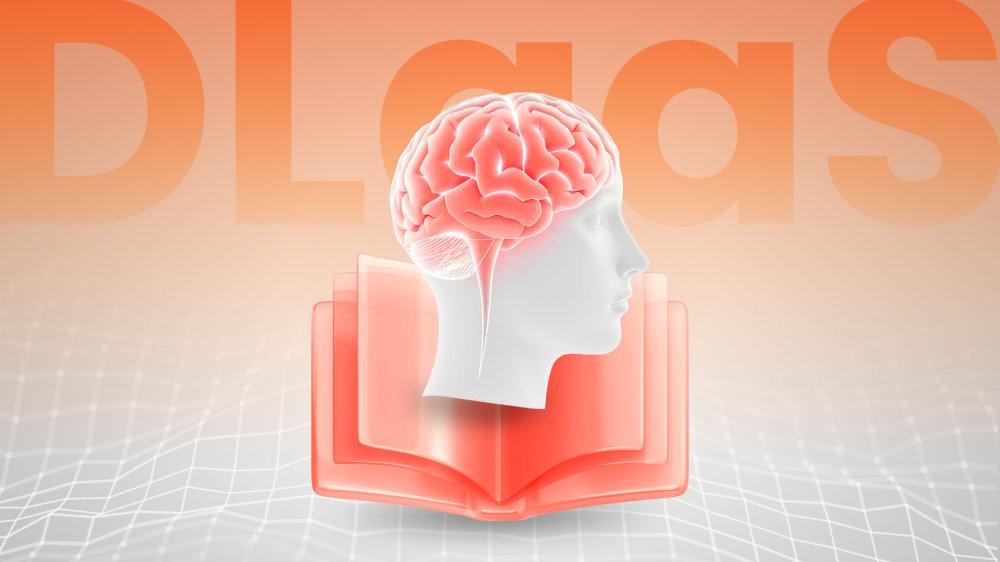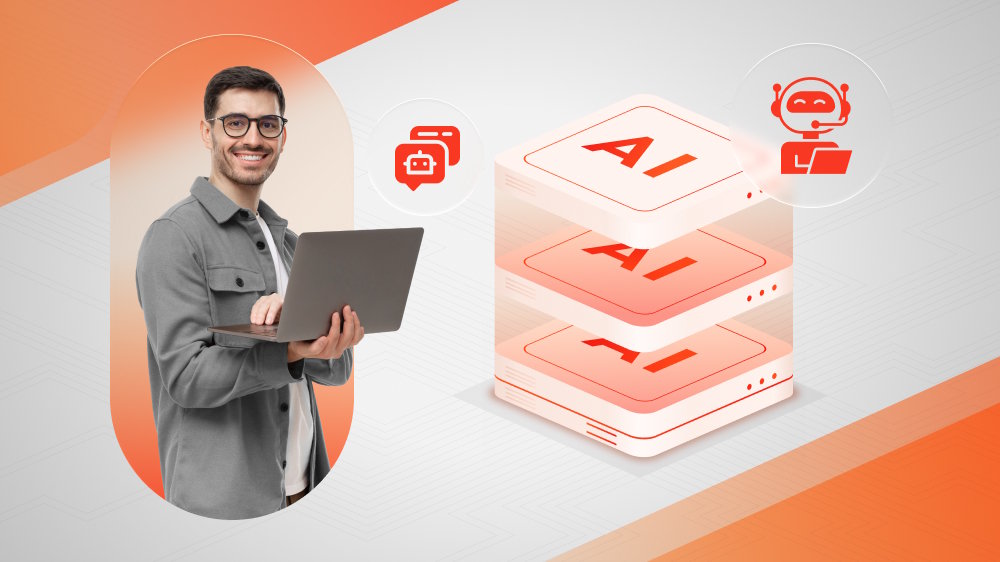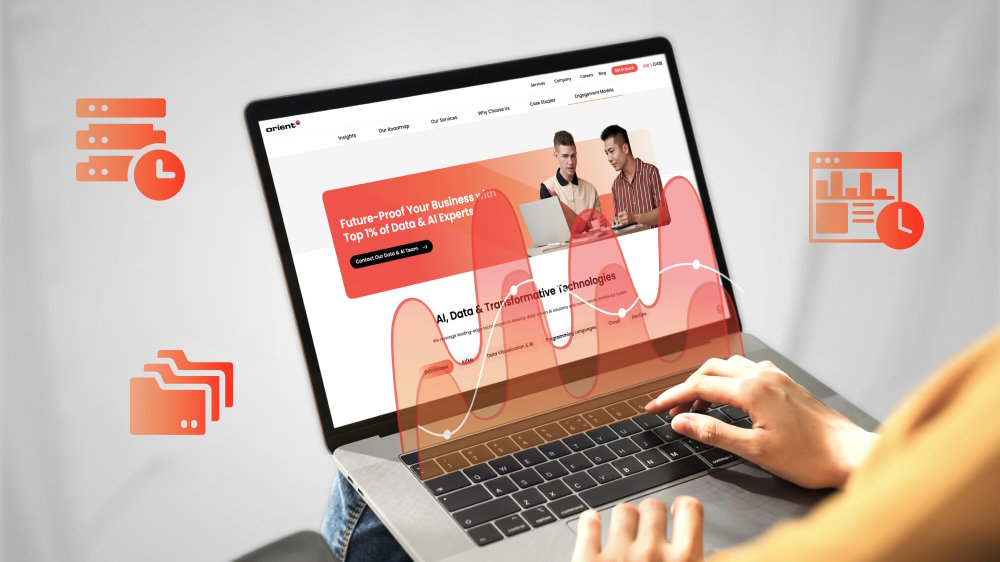
How Computer Vision in Retail Is Teaching Stores to Think
If you are still using cameras just to monitor store operations, it is time to think again. Adopting computer vision in the retail sector is no longer a choice between yes or no; it is a practical imperative.
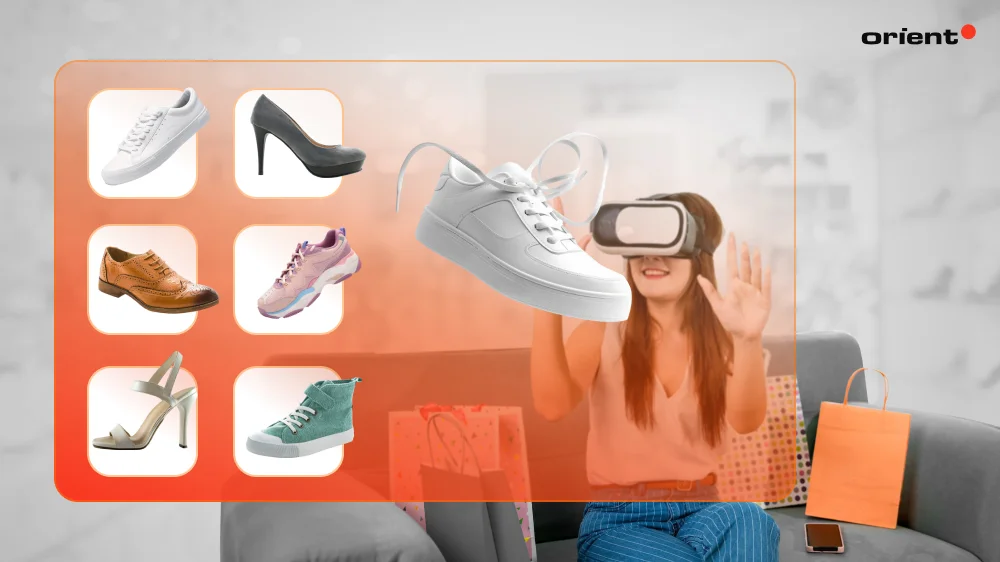
Content Map
More chaptersImagine you are walking into an unmanned with no checkout lines, no cashiers, and no scanners. You pick an item, walk out, and payment happens automatically. This isn’t science fiction; it’s computer vision in retail - the future of our shopping experiences.
With hundreds of tiny digital devices embedded throughout stores, computer vision helps retailers track every move a customer makes, not to invade their privacy, but to make their experience seamless. However, this application is just a drop in the ocean, as computer vision systems can do much more. What’s the truth behind it all?
How Computer Vision in Retail Actually Works
Simply put, computer vision is the combination of the human eye and brain working together. Computer vision systems do not simply “see” everything around retail stores, including customer movements, but interpret that visual information and turn it into smarter actions. Instead of relying on manual stock checks or outdated sales reports, retail computer vision allows sellers to make data-driven decisions instantly by using cameras and artificial intelligence (AI) models to recognize products, analyze customer behavior, and understand what’s happening in a store in real time.
At its core, retailers use computer vision following a simple flow:
- Stores install cameras on ceilings, shelves, or at entrances to continuously capture what’s happening in physical stores.
- The video from those cameras is sent to the AI software.
- AI software analyzes and then turns those visuals into useful data (e.g., customer traffic).
- The system takes action automatically or sends alerts to staff.
- AI software learns and improves actions over time.
Such a process revolves around computer vision technology, but is actually a combination of AI’s subsets, IoT, and real-time processing to make modern retail vision systems both powerful and practical.
For many retailers, computer vision pays for itself faster than expected. While the initial investment costs are significant, it is considered a profitable investment and a worthwhile trade-off. Imagine cutting restocking time by 40%, preventing 20% of theft-related losses, or increasing planogram accuracy by 98%. Computer vision systems act as self-aware assistants that never sleep. Computer vision doesn’t just add intelligence; it unlocks efficiency, safety, and trust by helping business owners know exactly what’s happening in every aisle, shelf, and checkout lane without having to physically be at brick-and-mortar stores.
5 Ways Stores Have Gained Superpowers with Computer Vision Technology
Computer vision applications are changing how retail stores run. However, such generalizations don’t capture the transformative power and impact this technology has on the retail industry. From the moment a product is placed on the shelf to the second a shopper walks out the door, here are five big ways it’s making a difference.
Self-Aware Shelves

Traditionally, staff had to manually check stock levels and correct misplaced items. This is still widely and effectively applied in small-scale stores and warehouses. However, what will happen if the quantity of goods increases 100 times? When the product scale reaches a certain level that reaches the limit of human handling, manual processes gradually reveal limitations, especially in terms of speed and accuracy.
With AI-powered cameras placed everywhere, computer vision allows shelves to monitor their own inventory without human assistance. By continuously checking product availability in real time, smart shelves are able to recognize when a product is missing, mislabeled, or incorrectly displayed, thereby triggering restocking alerts automatically and ensuring that shelves are always full and organized. For warehouses, this is a solution to improve operational efficiency and inventory management, while for stores, it is a way to enhance customer satisfaction.
Customer Flow Mapping

Using computer vision solutions will change retail businesses’ perspective on customer movement patterns. Before AI, retailers had almost no practical way to capture, analyze, or act on how shoppers move around a physical store, making such data have little to no value. Relying on manual observation and occasional surveys to observe shopper behavior is effective in some aspects. However, it simply provides rough numbers but not insights.
Now, with computer vision in retail, every movement inside the store can be captured, quantified, and correlated with real business results. By recording how shoppers move around the store in real time, ceiling cameras have the ability to reveal high-engagement zones, dead corners or bottlenecks, and product displays that truly attract attention. For example, the system sees that customers often pause at the beverage fridge but ignore the next aisle, so the retailer moves popular items there. With a more optimized store layout, businesses improve sales thanks to smarter design powered by actionable insights from computer vision.
Checkout Without the Checkout
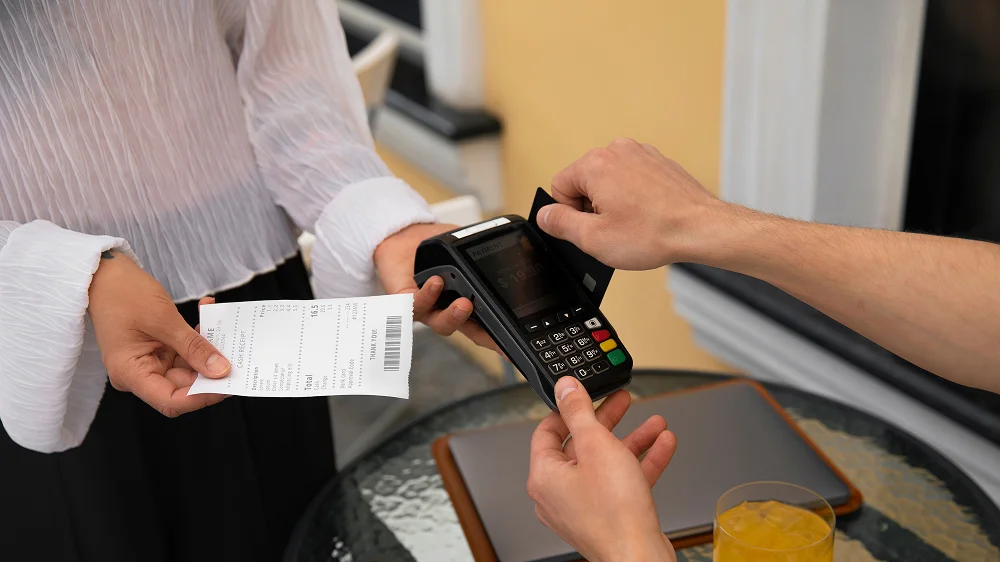
Almost everyone has felt that bit of frustration when standing in a long line to check out. Not just for customers, this is also one of the biggest pain points for businesses in traditional retail. However, things are different now with the help of computer vision.
Have you ever heard of the concept of “grab-and-go” shopping? Using cameras, sensors, and AI (e.g., machine learning algorithms, deep learning algorithms), retailers can now offer cashierless stores to customers of all segments. Shoppers simply pick their desired items, the system instantly adds them to a virtual cart, and charges shoppers when they leave the store - all automatically with no barcode scanning or waiting in line needed.
Frictionless checkout systems have been widely applied at Amazon Go for many years, called “Just Walk Out,” helping this business not only reduce labor costs and human errors, but also provide tech-enabled shopping experiences and set a new standard for satisfaction.
Behavioral Insights

Customers’ emotions and attitudes during in-store shopping are highly revealing, and with proper gathering, analyzing, and using them can lead to unexpected insights. In the age of personalized marketing, AI-based customer behavior analytics is no longer a new application. By analyzing facial expressions, posture, and body language (while maintaining privacy through anonymization) with the help of computer vision, businesses gain a deeper understanding of how customers actually feel inside their stores, including displays, products, and promotions.
If cameras record many instances of customers lingering at the same counter, it’s likely that the product display at brick-and-mortar retailers is problematic. Or, if customers frequently smile near a particular promotion, the system records this as a success indicator. This is how modern stores nowadays indirectly deliver personalized shopping experiences and enhance customer engagement.
AI Vigilance

Computer vision technology can detect negative situations before they happen. Continuously observing and tracking customer movements in real time makes it easy for AI-enabled surveillance systems to detect suspicious behaviors such as concealment of items, unusual movements, or attempts to bypass payment counters. No human monitoring is needed; any safety risks like spills or crowd congestion are automatically detected and signaled to staff for quick action before problems escalate. As a result, employees no longer have to watch the store 24/7 and have more time to focus on core competencies.
How Much Does It Cost to Implement Computer Vision in Retail?
Many people think that the cost of investing in computer vision technology is only about the number of cameras installed around the store, but the reality is not that simple. Implementing computer vision in the retail industry can range widely depending on the technology mix, the scale of the application, and the level of sophistication. As each store/business has different characteristics and needs, it is difficult to find an exact number for computer vision costs.
According to statistics from many sources, small pilots or proof-of-concept projects will cost anywhere from $30,000 to $70,000, and typically cover a few cameras, basic AI models, and limited integration. In cases where retailers need full-scale smart-store transformations, such as automated checkout systems, advanced shelf monitoring, or multi-store analytics, the investment cost can exceed $500,000 or more.
To calculate exactly how much you need to pay for computer vision applications, make sure you consider all the factors below:
- Hardware and infrastructure (e.g., cameras, sensors, edge devices)
- Software, AI models, and algorithms (e.g., AI algorithms, computer vision models, and integrations)
- Team and expertise (e.g., hiring models, training, benefits, office)
- Ongoing operations (e.g., maintenance, model retraining, cloud hosting, network bandwidth)
- Scale and deployment scope (e.g., number of stores, camera density, coverage area, the choice of system architecture, and deployment model)
- Regional and market considerations (e.g., labor and equipment price variety by region)
- Privacy, compliance, and security (e.g., secure data storage, legal consultation, cybersecurity measures)
Each choice will come with a different cost. For example, entry-level IP cameras might cost a few hundred dollars each, while enterprise-grade 4K or AI-ready cameras can reach several thousand. Or, hiring AI developers in Vietnam benefits from more affordable hardware and AI development talent than doing so in North America and Europe, where there are higher living standards.
Here’s a simplified budget framework you can use to start rough estimates:
| Component | Rough Estimate | Depends on |
|---|---|---|
| Cameras & installation (per location) | $10,000 - $50,000 | Number of cameras, quality, mounting, wiring. |
| Processing & hardware (edge/cloud) | $20,000 - $100,000+ | Compute needs, number of streams, latency requirements. |
| Model development / software and integration | $20,000 - $200,000+ | Custom vs. off-the-shelf, number of use cases, integration complexity. |
| Data annotation / training | $5,000 - $50,000+ | Volume of data and annotation complexity. |
| Ongoing operations & maintenance (annual) | 10-30% of initial cost or higher | Staff, cloud fees, hardware refresh, retraining. |
It cannot be denied that the cost of applying computer vision in retail is not a small investment. However, when considering how much computer vision in retail costs, the real question should be “What value will it bring?” instead of “How much does it cost to adopt computer vision?”. If executed proactively, it can pay for itself faster than expected when delivering measurable ROI such as faster retail operations, reduced shrinkage, better merchandising, fewer out-of-stocks, and improved customer satisfaction.
Will Computer Vision Replace Store Employees?
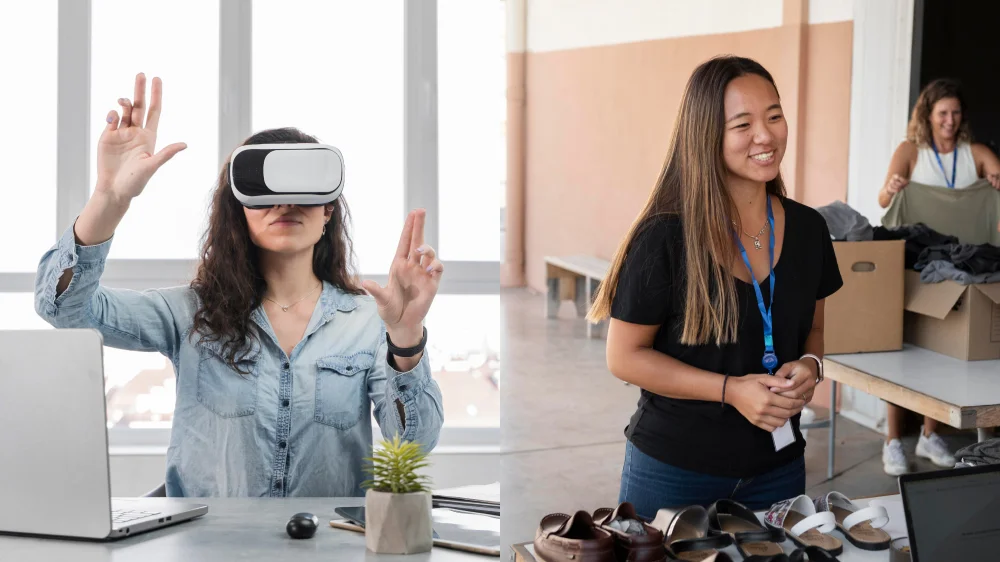
The intelligence and modernity of new technologies such as computer vision, although bringing transformational power to all fields, also makes many people worry about the risk of losing their jobs.
So far, this technology’s capabilities for humans include:
- Monitoring shelf stock levels
- Identifying misplaced items
- Tracking product face-ups
- Processing checkouts
- Analyzing customer flows
It’s worth noting that these are merely repetitive tasks and that computer vision systems are simply performing the same activities over and over again.
Despite its impressive capabilities, computer vision still cannot replicate the human touch that defines great service experiences, especially in a field that requires understanding customers like retail. No matter how modern the retail sector has become, it still depends heavily on interpersonal skills. Machines cannot do follow-up tasks, make judgment calls, understand preferences, and provide personalized service as accurately as real employees. Even agree that while computer vision can quickly detect issues, it still takes a human employee to take corrective action.
So, will computer vision replace store employees? No, not entirely, but it will reshape the workforce. Instead of thinking in terms of replacement, retailers are now redefining roles around AI-enabled processes. There will be fewer job postings for positions devoted to scanning shelves, for example. Instead, retailers need more employees who can interpret visual data from computer vision dashboards to make smarter decisions and take needed action. As a result, employees will need to upskill, focusing on customer experience, communication, and digital fluency.
At Sam’s Club, executives have stated that automation isn’t about cutting jobs but about allowing employees to “work smarter, not harder.”
The Future of Computer Vision Is Promising
Computer vision is not just an expense. Rather, it is a long-term investment in visibility, efficiency, and smarter decision-making. From shelf management to shopper analytics and security, computer vision in retail bridges the gap between physical stores and digital intelligence. As AI technology continues to develop in the future, computer vision promises to become more intelligent and “human-like”. Brick and mortar stores, instead of just shopping spaces, will gradually evolve into adaptive ecosystems that learn from every interaction with the silent help of computer vision.
The most successful retailers will be those who lead the trend and leverage these smart vision systems into operations the earliest. However, adopting new technology is never an easy path. If you still don’t know where to start, or simply have an idea about applying AI to your processes, feel free to contact Orient Software to receive free advice from experts.

